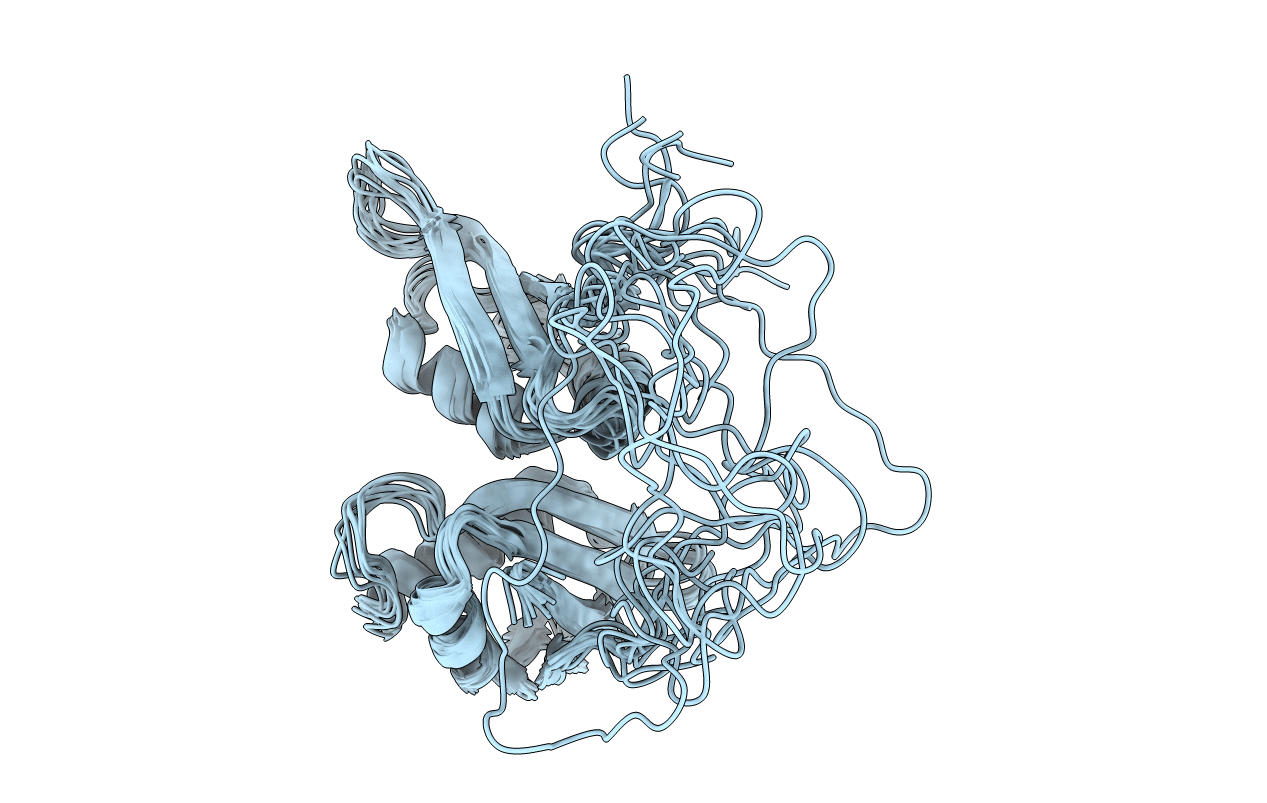
Deposition Date
2011-04-26
Release Date
2011-07-20
Last Version Date
2024-05-15
Entry Detail
PDB ID:
2YH0
Keywords:
Title:
Solution structure of the closed conformation of human U2AF65 tandem RRM1 and RRM2 domains
Biological Source:
Source Organism:
HOMO SAPIENS (Taxon ID: 9606)
Host Organism:
Method Details:
Experimental Method:
Conformers Calculated:
500
Conformers Submitted:
10
Selection Criteria:
LOWEST ENERGY


